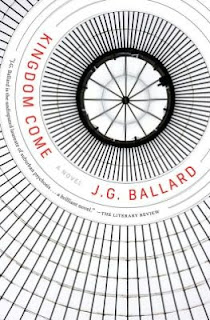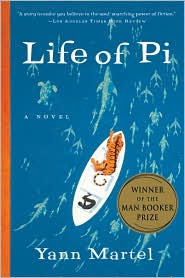 Anna Quindlen's most recent book is Lots of Candles, Plenty of Cake: A Memoir.
Anna Quindlen's most recent book is Lots of Candles, Plenty of Cake: A Memoir.For the Wall Street Journal she named a five best list of novels about women in search of themselves, including:
The House of MirthRead about the other novels on the list.
by Edith Wharton (1905)
There may be no female protagonist in literature as tragic as Lily Bart—and, yes, I include Anna Karenina when I say that. Beautiful, intelligent, "horribly poor—and very expensive," she knows what the upper echelons of 19th-century New York society demand of her: an advantageous marriage, a bargain in which she will provide the gilding and her husband thegold. And yet she twists in the net, resenting the bargain, knowing how to calculate what she needs to do but not calculating enough to seal the deal. ("For always getting what she wants in the long run, commend me to a nasty woman," says a friend who knows Lily is never nasty.) She dismisses the man she loves because he has no fortune, dismisses the man with the fortune because choosing him would compromise her principles, and finds herself finally with neither, nothing. Undone by envy, gossip and her own credulity, she slides down the mahogany banister of position and respectability. Wharton's first novel is like science fiction in reverse, a horrifying look back to an almost other-worldly time, in which a heroine of insight and sensitivity can cry, "What a miserable thing it is to be a woman."
The House of Mirth is one of Jay McInerney's five essential New York novels, Megan Wasson's five novels that explore the dark side in New York City, Rachel Cusk's five best books on disgrace and Kate Christensen's six books that she rereads all the time; it appears on Robert McCrum's top ten list of books for Obama officials.
--Marshal Zeringue













































